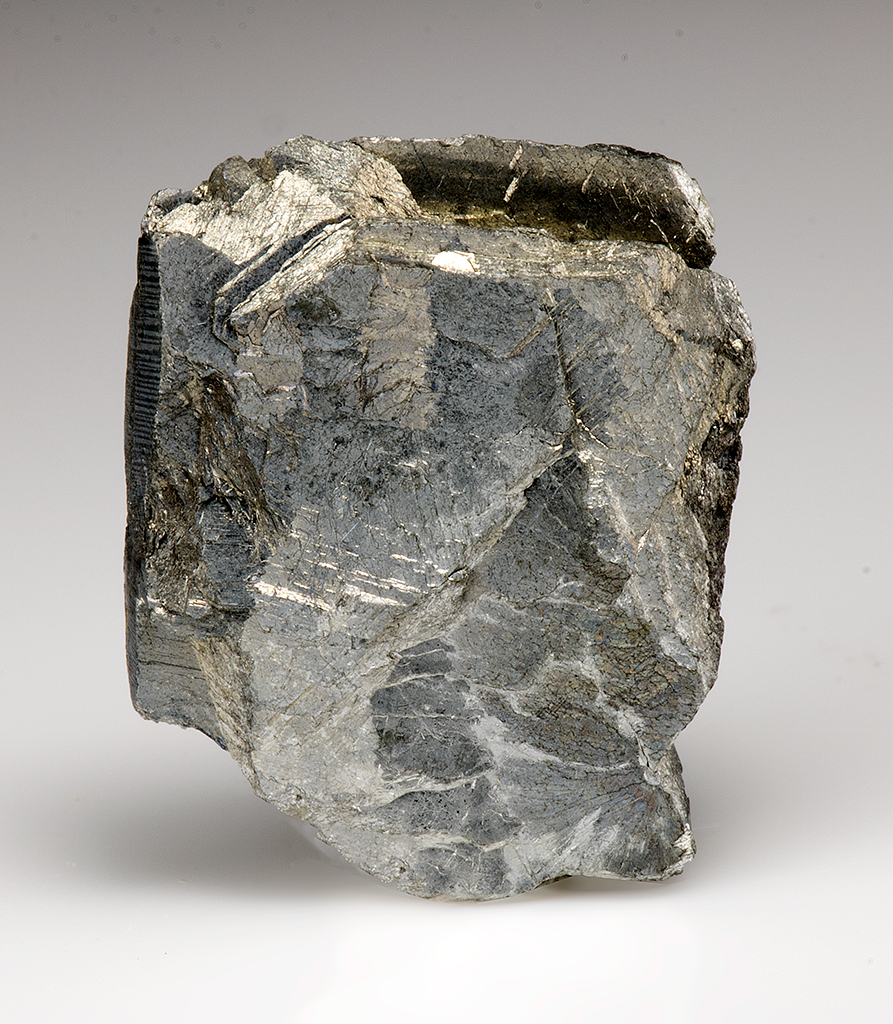

Most cold solder is soft enough to be rolled and packaged as a coil, making for a convenient and compact solder/flux package. For convenience, solder is often manufactured as a hollow tube and filled with flux.

Solder often comes pre-mixed with, or is used with, flux, a reducing agent designed to help remove impurities (specifically oxidised metals) from the points of contact to improve the electrical connection. Flux or rouge is also used to prevent joints desoldering.

Easy solder is also often used for repair work for the same reason. The remaining solder types are used in decreasing order of hardness during the process of making an item, to prevent a previously soldered seam or joint desoldering while soldering a new joint. Enamelling solder has a high melting point, close to that of the material itself, to prevent the joint desoldering during firing in the enamelling process. These solders also come in a variety of hardnesses, known as 'enamelling', 'hard', 'medium' and 'easy'. They contain a high proportion of the metal being soldered and lead is not used in these alloys. In silversmithing or jewelry making, special hard solders are used that will pass assay. Since even small amounts of lead have been found detrimental to health, lead in plumbing solder was replaced by copper or antimony, with silver often added, and the proportion of tin was increased (see Lead-free solder below).Īs used for brazing, is generally a copper/ zinc or copper/silver alloy, and melts at higher temperatures. Although lead water pipes were displaced by copper when the significance of lead poisoning began to be fully appreciated, lead solder was still used until the 1980s because it was thought that the amount of lead that could leach into water from the solder was negligible. This had the advantage of making the alloy solidify more slowly, so that it could be wiped over the joint to ensure watertightness. In plumbing, a higher proportion of lead was used. The melting point is truly a point - not a range.Īt a eutectic composition, the liquid solder solidifies as a eutectic, which consists of fine grains of nearly pure lead and nearly pure tin phases, but in no way is it an intermetallic, since there are no tin/lead intermetallics, as can be seen from a tin/lead equilibrium diagram.

It has the lowest melting point (183 ☌ or 361.4 ☏) of all the tin/lead alloys and.The 63/37 ratio is notable in that it is a eutectic mixture, which means: At the retail level, the two most common alloys are 60/40 Sn/ Pb and 63/37 Sn/Pb. The greater the tin concentration, the greater the solder’s tensile and shear strengths. Hence the streak being black and streak powder grey, and not red, as in specular or micaceous iron,-the absence of fumes and its perfect infusibility per se, simply whitening before the flame, and having the property of distinctly soiling paper under very moderate pressure, together with its low degree of hardness and physical appearance,-lead me to pronounce the mineral to be an impure graphite, containing a fair per centage of iron, as appears from treatment with H.CI., acid and ammonia, which gives the usual brown precipitate of oxide of iron.Įxamined carefully for antimony and crome iron, and found no trace of either.Tin/ lead solders are commercially available with tin concentrations between 5% and 70% by weight. Infusible per se -fuses with difficulty, and moderate ebulition to a clear glass before blowpipe with borax no fumes of antimony, arsenic, or sulphur streak, shiny black streak powder, steel gray hardness 1–2. Supposed to be micaceous iron,-resembles sulphuret of antimony, or graphite. Specimen from Pitoni Road, Wellington, examined by blowpipe.


 0 kommentar(er)
0 kommentar(er)
